The Vitals
A crowded Democratic field has primary voters and observers asking an important question: What happens if we reach the convention and no candidate has amassed a majority of delegates?
-
Political parties’ nominating conventions have the ultimate authority to decide their nominees and how they are chosen. After all, parties and their nomination processes are not mentioned in the Constitution.
-
The last conventions to fail to nominate a candidate on the first ballot took place in 1952 in both the Democratic and Republican parties.
-
Following a rule change by the DNC, superdelegates are no longer able to vote on the first ballot at the Democratic convention. But if the first ballot doesn’t produce a nominee, they are able to vote on the second and any subsequent ballots.
A Closer Look
A brokered convention is a presidential nominating
convention that fails to nominate a candidate on the first ballot because no
candidate gets the votes of more than half the delegates. Such conventions
happened often in the days before the two political parties used primaries to
award delegates to presidential candidates. Back then, if no one won a majority
on the first ballot the convention would begin a complex series of
negotiations, led by power brokers from the states. These brokers could be governors,
senators or big city mayors—anyone who had the power to control or persuade
other delegates. Hence the term “brokered” convention. The last conventions to
fail to nominate someone on the first ballot took place in 1952 in both the
Democratic and Republican parties (when the nominees were Adlai Stevenson and
Dwight Eisenhower.)
A contested convention is more common in the modern era. This refers to a situation in which one candidate has done well but not well enough to guarantee a first ballot win; another candidate attempts to convince enough other delegates to abandon the frontrunner and come to him or her before the first ballot takes place. Examples of modern contested conventions are: the 1976 Republican convention contest between Governor Ronald Reagan and President Gerald Ford; the 1980 Democratic convention contest between Senator Ted Kennedy and President Jimmy Carter; and the 2016 Republican convention contest between the “Never Trumpers” and Senator Ted Cruz and Donald Trump. (The winners, of course, were Ford, Carter, and Trump.) For more on the history of contested conventions, see chapter six in my book Primary Politics: Everything You Need to Know about How America Nominates Its Presidential Candidates.
One little understood feature of presidential primaries in
each state is that they award delegate slots to presidential candidates, not
individual delegates. More often than not, it takes weeks if not months to
actually elect real people to fill those slots. For instance,
this year the Iowa Caucuses took place on February 3. As of this writing, former
Mayor Pete Buttigieg won 13 national convention delegates and Senator Bernie
Sanders won 12 national convention delegates. (There is still some counting
going on.) However, the people who fill those slots and go on to the Democratic
convention in Milwaukee won’t be elected until conventions in all of Iowa’s four
congressional districts are held on April 25, 2020.
A lot can change between February and April in a presidential
race. If there is a clear winner, then the actual identity of the people who go
to Milwaukee doesn’t matter very much. They will don funny hats, fill the hall,
and cheer at all the right moments. (I know, I’ve been there.) But if the
primaries fail to produce a clear-cut winner, the identity of the delegates
will matter a great deal. Some of them will have been elected in the winter to
represent presidential candidates who are no longer in the race. They will have
the freedom to move to a different candidate. Some of them will have been
elected to a candidate who is falling far short of the magic number and they
will be wooed by candidates seeking to reach or add to a majority. In other
words, in a fluid situation, the identity of the delegates—who they are, where
they come from, and what their political views are—matters a great deal.
If no one has reached the magic number (1,991 delegates) when the primaries are over in June, expect to see a frenzy of negotiations in the weeks between the end of the primaries and the opening of the Democratic convention on July 13. If the leading candidate is close to 1,991 delegates he or she will call for unity and attempt to get there. If two or more candidates have large numbers of delegates but no one has 1,991, an even more complex negotiation process will begin—with everything up for grabs, from rules to platform planks to the vice presidency itself.
In addition to delegates elected pursuant to primary or
caucus results, the Democratic Party has a group of delegates known as
“superdelegates.” These people get to go to the convention by virtue of the
office they hold and are not expected to vote for the winner of their state’s
primary or caucus. They include all Democratic members of Congress, all
Democratic governors, the (more than 400) members of the Democratic National
Committee, and assorted others including former Democratic presidents and vice presidents
of the United States.
In the past, these superdelegates cast votes in the first
ballot at Democratic conventions. In 2016 the campaign of Bernie Sanders
mounted opposition to this category of delegates. Subsequently the Democratic
National Committee changed the rules so that superdelegates can only vote on
the second ballot at the convention. So,
if there is no first ballot nominee, the negotiations will include not just the
delegates in the convention hall but approximately 771 elected officials and
party leaders who will be eligible to vote. Thus, on a second ballot the number
needed to nominate will increase, not decrease.
Finally, note that each party’s nominating convention has
the ultimate authority to decide on its nominee and how the candidate is chosen.
Political parties and their nomination processes are not mentioned in the
Constitution. Over the years, the Supreme Court has considered political
parties to be covered by the “freedom of association” clause of the First
Amendment. The courts have consistently given political parties wide latitude
to how they conduct themselves—unless their rules conflict with other rights in
the Constitution.
Elaine Kamarck has been a member of the Democratic National Committee and the DNC’s Rules Committee since 1997.

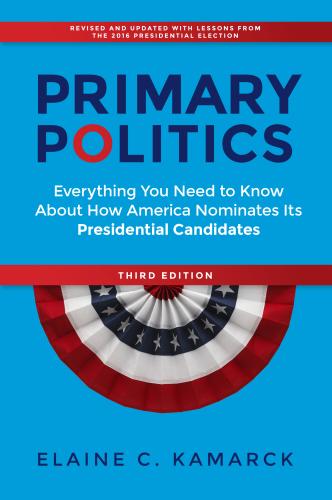
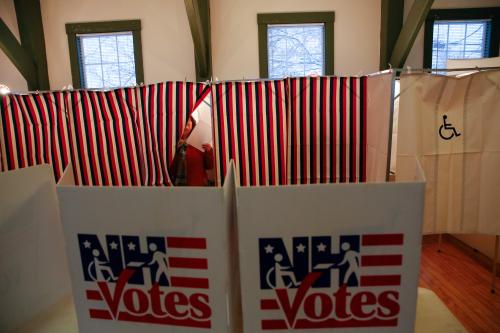
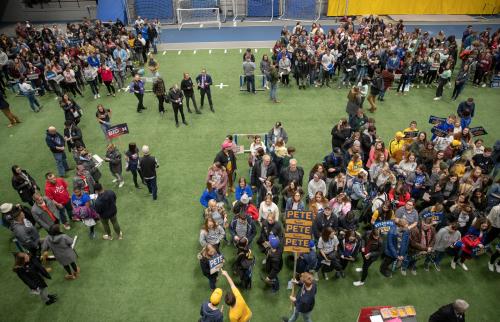
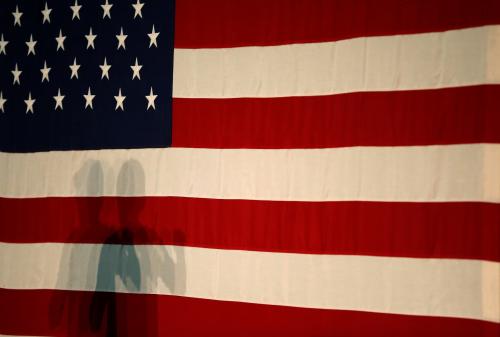
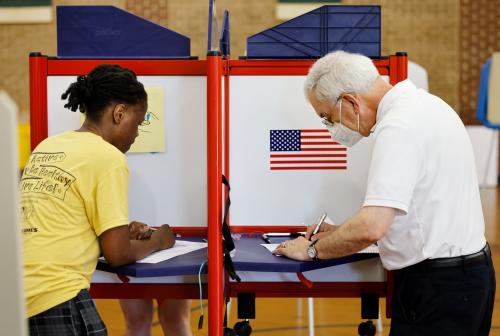
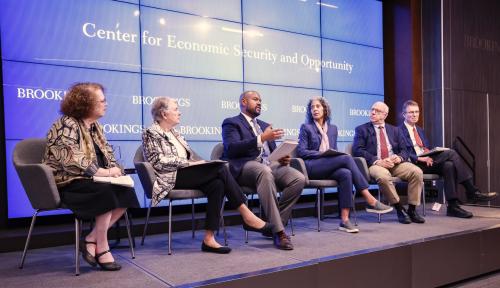
Commentary
What is a brokered convention? What is a contested convention?
February 21, 2020